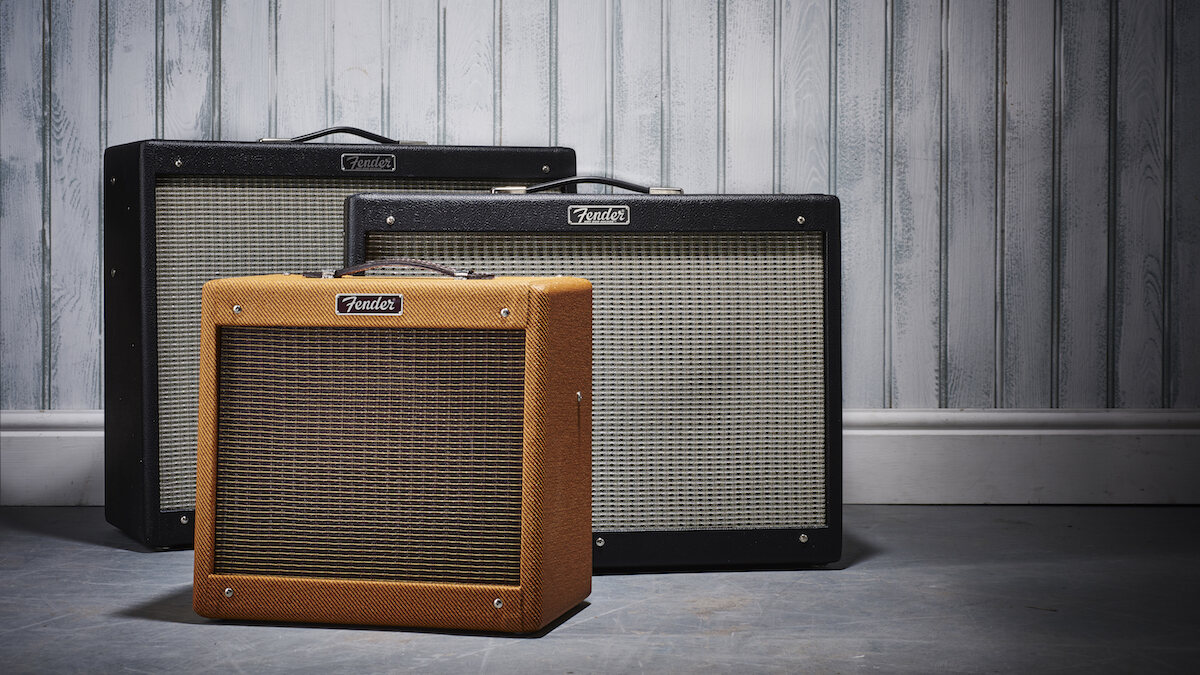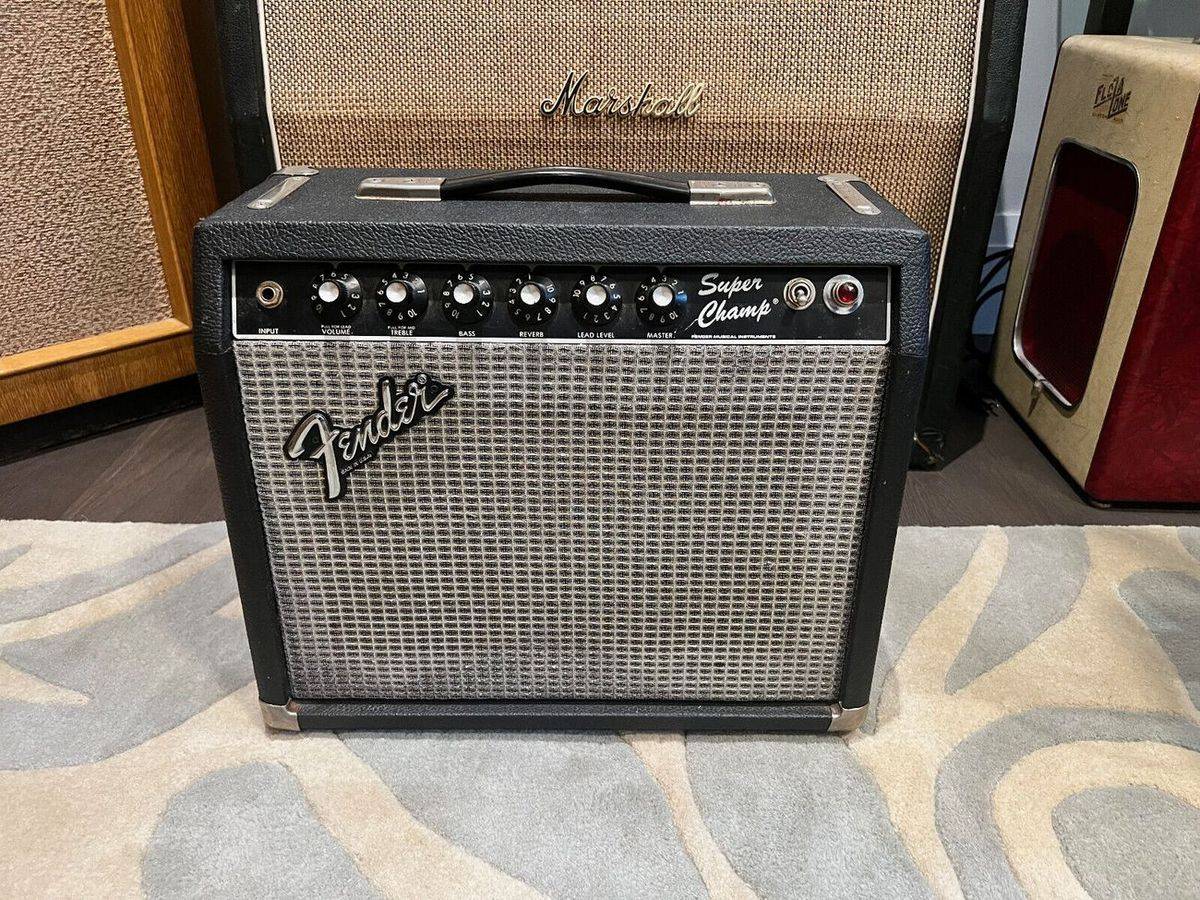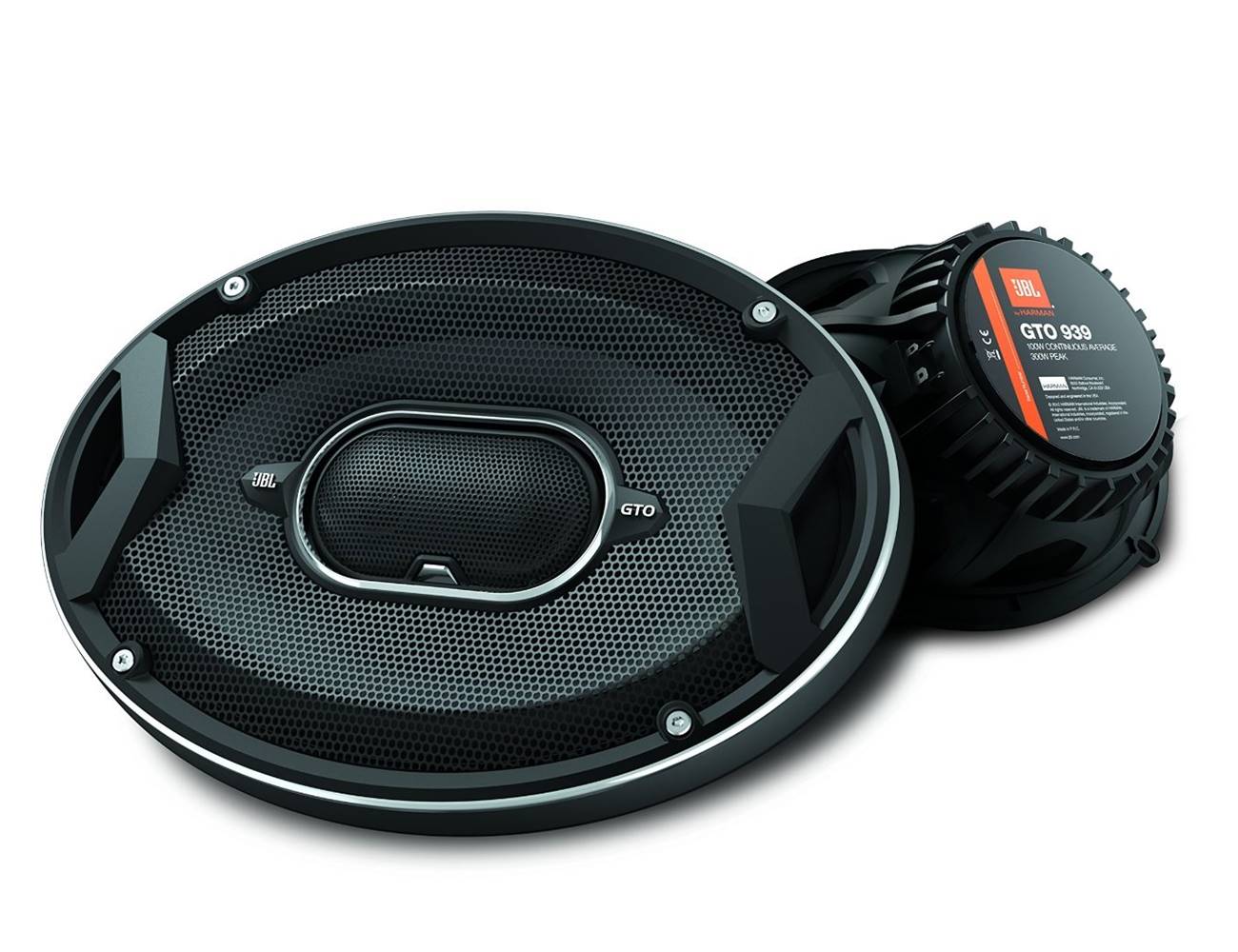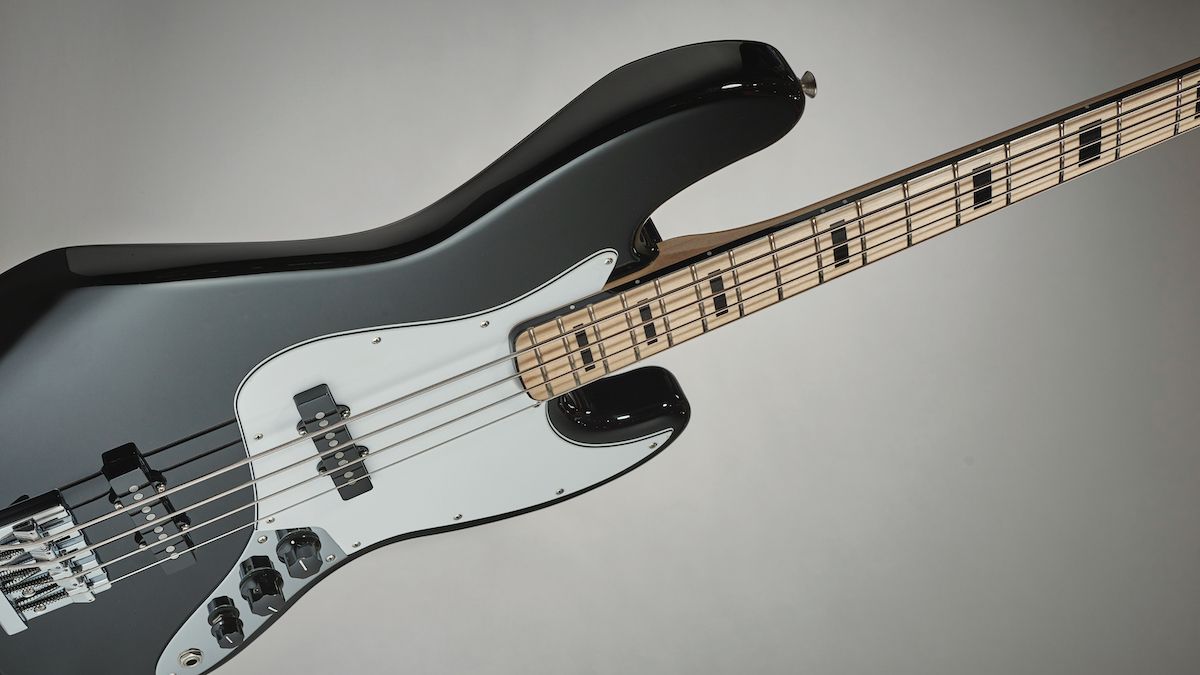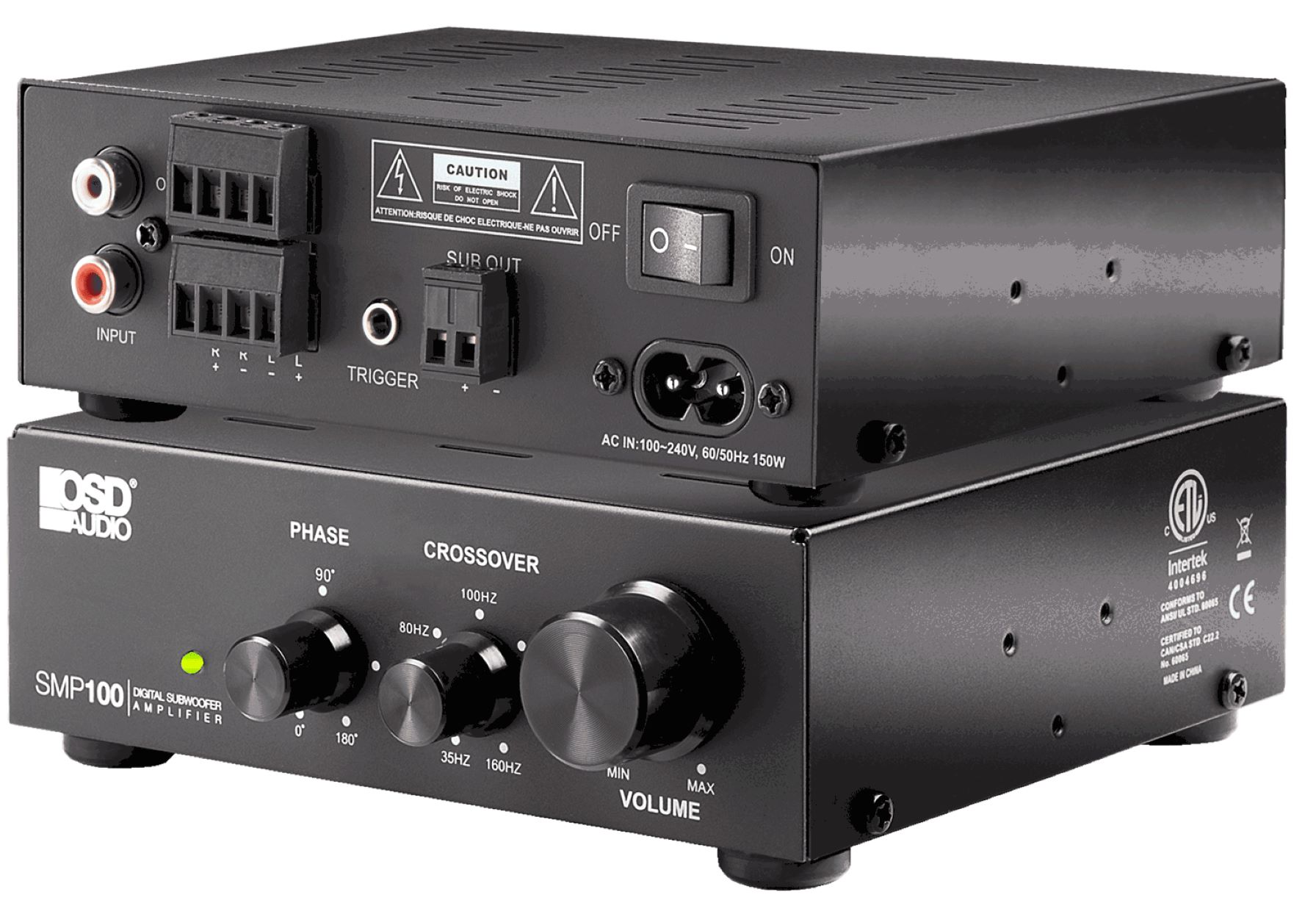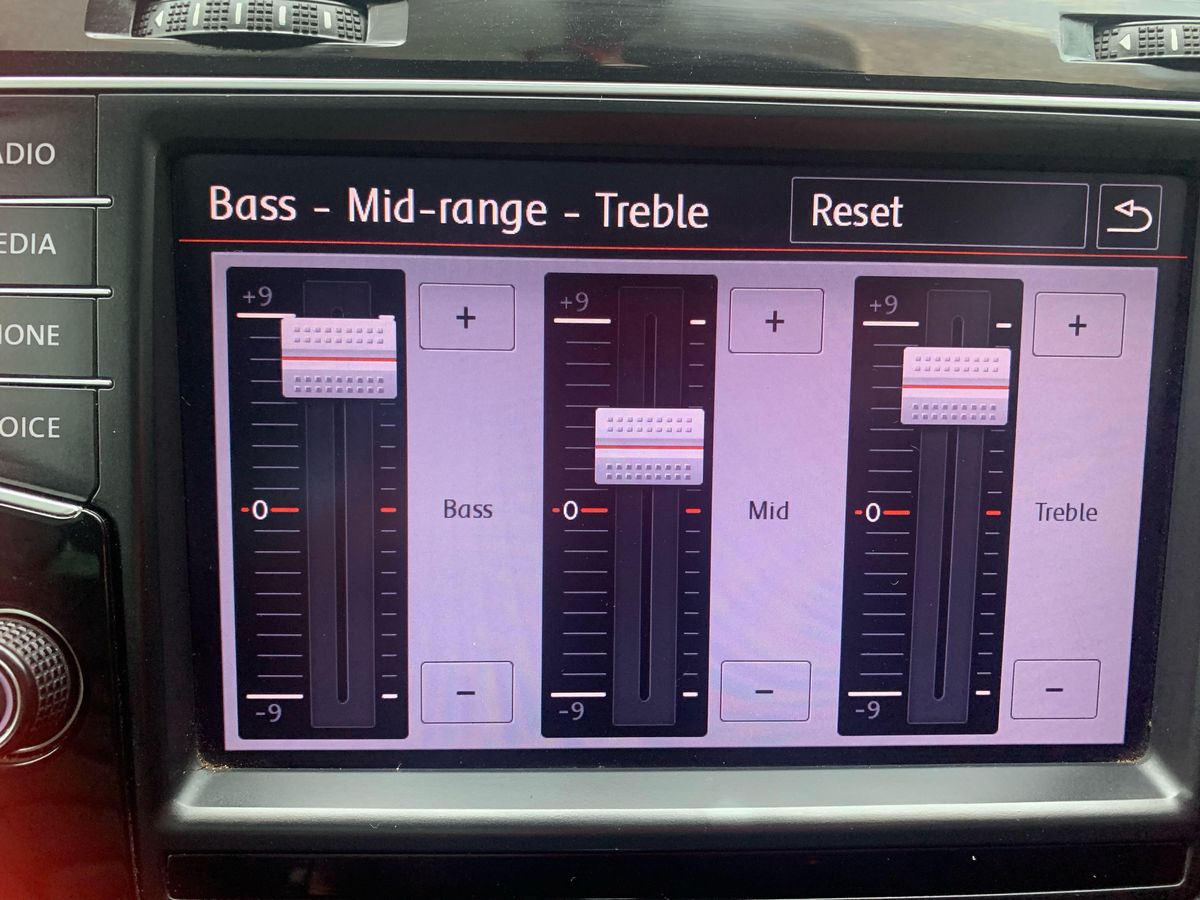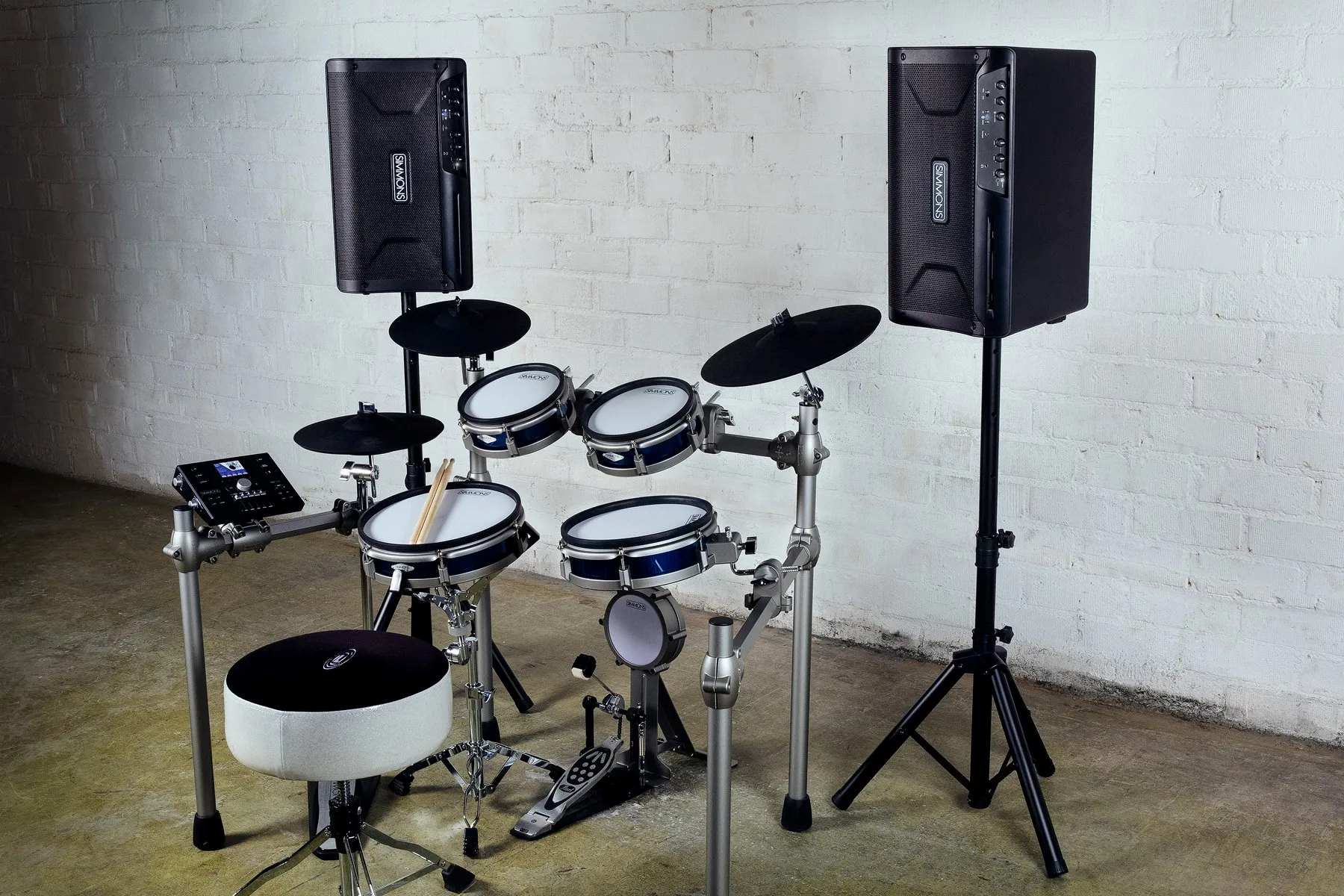Home>Instruments>Bass>What Is The Best Bass Amp


Bass
What Is The Best Bass Amp
Modified: January 27, 2024
Looking for the best bass amp? Discover our top recommendations for powerful, reliable amps that will take your bass playing to the next level.
(Many of the links in this article redirect to a specific reviewed product. Your purchase of these products through affiliate links helps to generate commission for AudioLover.com, at no extra cost. Learn more)
Table of Contents
Introduction
Welcome to the world of bass guitars and amplifiers! Whether you’re a seasoned bassist or just starting to explore the low-end frequencies, having a quality bass amp is crucial to achieving the perfect tone and amplifying your sound. But with so many options available on the market, it can be overwhelming to choose the best bass amp for your needs.
In this article, we will dive deep into the realm of bass amps, exploring their importance, key features to consider, and some popular brands and models. Whether you’re looking for a practice amp for home use or a powerful amp for live performances, we’ve got you covered!
Understanding the role of a bass amp is essential before making a purchasing decision. Unlike electric guitars, which can be played through guitar amps, bass guitars require specialized amplifiers designed to handle the low-frequency range and deliver a clean and powerful low-end tone. This is because the low frequencies produced by bass guitars require more power and efficient speakers to reproduce accurately without distortion.
When choosing a bass amp, there are several factors to consider, including wattage, speaker configuration, amp type, and additional features. The wattage determines the power output of the amp, with higher wattages suitable for larger venues and performances. Speaker configuration dictates the number and size of speakers in the amp, with options ranging from single to multiple-speaker setups. The amp type can vary between solid-state, tube, or hybrid amps, each offering unique tonal characteristics and features.
Nowadays, there are numerous reputable brands offering high-quality bass amps. From industry giants such as Ampeg and Fender to boutique manufacturers like Darkglass and Aguilar, you can find a wide range of options to suit different budgets and playing styles. We’ll explore some of the top brands and models in the next section.
Whether you’re on a tight budget or willing to splurge, there’s a bass amp out there for you. We’ll cover a variety of options suitable for different price ranges, ensuring that you can find a reliable and great-sounding amp regardless of your budget.
To make the most out of your bass amp, there are a few tips and tricks worth noting. From properly EQing your sound to experimenting with different effects and speaker configurations, these insights will help you optimize your bass tone and achieve the desired sound.
So, let’s get started! Join us as we explore the fascinating world of bass amps and discover the best options available to enhance your bass playing experience.
Understanding Bass Amps
Before delving into the world of bass amps, it’s important to understand their basic components and functions. A bass amp consists of three main elements: the preamp, power amp, and speaker(s).
The preamp is responsible for shaping your bass guitar’s signal before sending it to the power amp. It allows you to control the tone, volume, and various other settings. With the preamp, you can adjust the bass, midrange, and treble frequencies to tailor your sound to your liking. Some bass amps also offer additional controls like compression, gain, and built-in effects to further shape your sound.
The power amp, as the name suggests, amplifies the signal from the preamp and delivers it to the speakers. It determines the overall volume and power of the amp. The wattage of the power amp is an important consideration, as it determines how loud and clear the sound will be. Higher wattage amps are suitable for larger venues and gigs, while lower wattage amps are ideal for practicing at home or smaller venues.
The speakers are where the amplified sound is projected. The size and configuration of the speakers can greatly affect the bass response and overall sound quality. Bass cabs typically feature one or more speakers, ranging from 10 to 15 inches in diameter. Multiple speakers can enhance the overall sound dispersion and low-end projection.
In addition to these core components, bass amps come in various types, including solid-state, tube, and hybrid. Solid-state amps use transistors to amplify the signal, offering a reliable and affordable option with a clean and precise sound. Tube amps, on the other hand, utilize vacuum tubes to amplify the signal, resulting in a warm, vintage-like tone. Hybrid amps combine the best of both worlds by using a combination of solid-state and tube technologies.
When choosing a bass amp, it’s crucial to consider your playing style, genre preferences, and intended use. For example, if you primarily play in smaller venues or practice at home, a lower wattage amp may be sufficient. However, if you regularly perform in larger venues or require more headroom, a higher wattage amp would be more suitable.
Furthermore, the type of music you play can also influence your choice of bass amp. If you’re into genres that require tight and defined bass tones, a solid-state amp might be the way to go. On the other hand, if you prefer a vintage and warm sound, a tube amp would be a great option.
Understanding the basic components and types of bass amps will help you make an informed decision when choosing the right one for your needs. In the next section, we’ll explore some popular bass amp brands and models that are highly regarded in the music industry.
Factors to Consider When Choosing a Bass Amp
Choosing the right bass amp is crucial to achieving the desired tone and meeting your specific needs as a bass player. With a plethora of options available, it’s essential to consider several factors before making a purchase. Let’s explore some key factors to consider when choosing a bass amp:
- Wattage: The wattage of a bass amp determines its power output. Higher wattage amps are generally louder and more suitable for larger venues and gigs, while lower wattage amps are ideal for practice sessions or smaller venues. Consider the type of gigs or environments you’ll be playing in to determine the appropriate wattage for your needs.
- Speaker Configuration: The number and size of speakers in a bass amp can significantly impact the overall sound. Single-speaker configurations are common in smaller practice amps, while multiple-speaker setups are more prevalent in larger amps for louder performances. Larger speakers can offer more low-end response and projection, but they may also make the amp heavier and bulkier.
- Tone and EQ Controls: Every bassist has their own preferred tonal characteristics. Look for bass amps that offer comprehensive EQ controls such as bass, midrange, and treble adjustments to shape your tone according to your preferences. Additionally, some amps may provide additional tone-shaping features like built-in effects, compression, or graphic EQs.
- Amp Type: Bass amps come in various types, including solid-state, tube, and hybrid. Solid-state amps are known for their reliability and clean sound, while tube amps deliver a warm and vintage tone. Hybrid amps combine the best of both worlds, offering a blend of solid-state and tube technologies. Consider the tonal characteristics and versatility of different amp types to find one that suits your playing style and genre.
- Portability: If you’re constantly on the move or gigging in different locations, portability becomes an essential factor. Consider the weight, size, and ease of transportation of the bass amp. Some amps are compact and lightweight, making them easier to transport, while others may be more cumbersome and require additional assistance.
- Additional Features: Depending on your requirements, consider any additional features that may be useful to you. These can include built-in effects, headphone outputs for silent practice, XLR outputs for direct recording or connecting to a larger sound system, and auxiliary inputs for playing along with backing tracks. Evaluate which features are important to you and choose an amp accordingly.
By considering these factors, you can narrow down your options and find a bass amp that suits your playing style, tonal preferences, and practical needs. In the next section, we will explore some of the top bass amp brands and models that are highly regarded by bass players around the world.
Top Bass Amp Brands and Models
When it comes to bass amps, there are several reputable brands known for their high-quality craftsmanship and exceptional sound. Whether you’re a professional musician or a hobbyist, these brands offer a range of options to suit different budgets and playing styles. Let’s take a look at some of the top bass amp brands and models:
- Ampeg: Ampeg is a legendary brand in the world of bass amps, known for their iconic SVT series. The Ampeg SVT-CL and SVT-VR are beloved by bassists worldwide for their powerful and rich sound. Ampeg also offers more portable and affordable options like the BA and PF series, perfect for practice or smaller gigs.
- Fender: Fender is a household name in the music industry, famous for their guitars and basses. They also produce exceptional bass amps, such as the popular Fender Rumble series. The Fender Rumble 500 and Rumble 100 are highly regarded for their versatility, powerful sound, and lightweight design.
- Markbass: Markbass is known for its innovative designs and lightweight yet powerful bass amps. The Markbass CMD series, including the CMD 102P and CMD 151P, are widely acclaimed for their punchy and detailed sound. Markbass amps are favored by bassists for their portability, transparent sound quality, and solid construction.
- Orange: Orange amplifiers are renowned for their distinctive design and characteristic sound. The Orange Terror Bass series, such as the Terror Bass 500 and Terror Bass 1000, offer a unique blend of power and versatility. With their all-tube architecture, Orange amps deliver a warm and full-bodied tone, loved by rock and metal bassists.
- Gallien-Krueger: Gallien-Krueger, often referred to as GK, has a long history of producing high-quality bass amps. The GK MB series, including the MB Fusion 800 and MB500, offer versatility and excellent sound reproduction. GK amps are praised for their reliability, clean tones, and robust build quality.
- TC Electronic: TC Electronic is known for its innovative and feature-rich bass amps. The TC Electronic BH series, such as the BH250 and BH800, provide a wide range of tonal possibilities and built-in effects. They are lauded for their compact size, user-friendly interface, and high-quality sound.
These are just a few of the top bass amp brands and models available in the market. Other notable brands include Ashdown, Aguilar, Hartke, and Darkglass, each offering their own unique features and tonal characteristics. Consider your budget, playing style, and specific needs to find the perfect bass amp that suits you best.
In the next section, we’ll explore the best bass amps for different budget ranges, ensuring that you can find a quality amp regardless of your financial constraints.
Best Bass Amps for Different Budgets
When it comes to choosing a bass amp, budget is often a significant factor. Fortunately, there are excellent options available in different price ranges to suit every musician’s financial constraints. Let’s explore some of the best bass amps for different budgets:
- Entry Level (Under $200): For beginners or those on a tight budget, there are quality bass amps available that won’t break the bank. The Fender Rumble 15 and Ampeg BA-108 are both compact and affordable options that deliver decent sound for practice sessions or small venues.
- Mid-Range ($200 – $500): In this price range, you can find versatile and reliable bass amps. The Gallien-Krueger MB112-II and TC Electronic BG250-115 are popular choices. They offer a good balance between power, sound quality, and portability, making them suitable for rehearsals and smaller gigs.
- Professional ($500 – $1000): If you’re serious about your bass playing and need an amp for professional use, this price range offers exceptional options. The Ampeg BA-210 v2 and Markbass CMD 102P provide a powerful and stage-ready sound with numerous features for tone shaping and performance versatility.
- High-End ($1000 and above): For players who demand the absolute best in tone and performance, high-end bass amps deliver unparalleled sound quality. The Ampeg SVT-VR and Orange AD200B are iconic choices that have been favored by professional bassists for decades. These amps offer immense power, rich tone, and incredible versatility.
Keep in mind that these are just a few examples, and there are many more options available in each price range. It’s important to consider your specific needs, playing style, and the type of gig or setting you’ll be using the amp for. It’s also worth noting that used or second-hand amps can provide great value for money, allowing you to get a higher-end model at a lower price.
Remember, investing in a quality bass amp is an investment in your sound and overall playing experience. While it’s tempting to opt for the cheapest option available, higher-quality amps often offer better reliability, sound, and longevity, which is worth considering in the long run.
Now that we’ve explored some top bass amp brands as well as options for different budgets, let’s move on to the next section, where we’ll share some tips to help you get the most out of your bass amp.
Tips for Getting the Most Out of Your Bass Amp
Having a quality bass amp is just the first step towards achieving your desired tone and getting the best sound out of your bass guitar. To truly optimize your playing experience, here are some tips to help you get the most out of your bass amp:
- Experiment with EQ: The EQ controls on your bass amp are powerful tools for shaping your tone. Take the time to experiment with different bass, midrange, and treble settings to find the sweet spot that complements your playing style and enhances your overall sound. Small adjustments to these controls can make a significant difference.
- Pay attention to the Gain and Volume settings: The Gain control on your amp determines the level of input signal before it goes through the preamp and affects the overall character of your sound. Use this control to add or reduce gain, depending on the desired tone. The Volume control, on the other hand, adjusts the output level of the amp. Finding the right balance between the two can help you achieve the desired sound and avoid unwanted distortion or clipping.
- Experiment with speaker configurations and placements: If your bass amp has multiple speaker options or a speaker cabinet with multiple speakers, try different configurations to find the one that suits your playing style and the genre you’re performing. Additionally, consider the placement of your amp in the room. Moving it around can affect the way the sound is projected and the overall tone you achieve.
- Utilize built-in effects and features: Many bass amps come with built-in effects like compression, overdrive, or chorus. Take some time to explore these features and see how they can enhance your sound. Don’t be afraid to experiment and find the combinations that work best for your playing style and the music you’re creating.
- Consider the room acoustics: The room you’re playing in can greatly impact the sound of your bass amp. Pay attention to the acoustics of the room and make adjustments accordingly. Experiment with different EQ settings and speaker placements to find the best balance and tone for each environment.
- Practice with headphones: If you live in a shared space or need to practice silently, utilize the headphone output on your amp. This allows you to practice without disturbing others while still being able to fully enjoy the sound and responsiveness of your amp.
- Record and listen: Recording yourself playing through your bass amp can provide valuable feedback. Whether using a microphone or a direct recording method, take the time to listen back to your recordings. This allows you to identify any areas for improvement in your playing or tone and make necessary adjustments to refine your sound.
Remember, getting the most out of your bass amp is a personal journey that requires experimentation and exploration. Don’t be afraid to try new settings, techniques, or accessories to find the tone that resonates with you. Each player is unique, and finding your own distinct sound is part of the joy of playing the bass.
With these tips in mind, you’re well-equipped to maximize the potential of your bass amp and unlock the full sonic capabilities of your instrument. In the final section, we’ll wrap up our exploration of bass amps and conclude our guide.
Conclusion
Choosing the best bass amp for your needs is a crucial decision that can significantly impact your playing experience and overall sound. Understanding the key components and factors to consider, such as wattage, speaker configuration, and amp type, will help you make an informed choice. By exploring top bass amp brands and models, you can find options that suit different budgets and playing styles.
Regardless of your budget, there are quality bass amps available that can deliver the tone and power you desire. From entry-level amps perfect for practice sessions to high-end amps favored by professionals, the market offers a wide range of options to cater to every musician’s needs.
To make the most out of your bass amp, maximize its potential by experimenting with EQ settings, gain/volume levels, and speaker configurations. Utilize the built-in features and effects to personalize and shape your desired sound. Consider the acoustics of the room and explore the option of recording yourself to further refine your tone.
Ultimately, finding your unique sound and maximizing your bass amp’s capabilities is a personal journey. Embrace the process and enjoy the exploration of different settings, techniques, and playing styles. Remember, your bass amp is a tool that can inspire your creativity and elevate your playing, so have fun and let your sound soar.
We hope this guide has provided valuable insights and guidance in your quest for the ideal bass amp. Whether you’re a beginner, enthusiast, or professional, the right bass amp can unlock new dimensions in your playing and enhance your musical journey. So, plug in, crank up the volume, and let’s groove to the deep and soulful tones of the bass!

